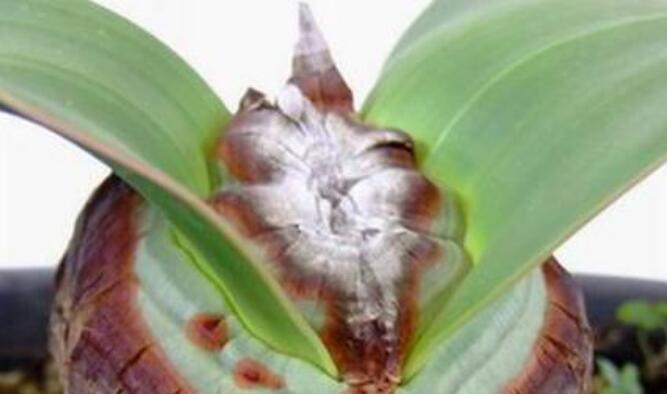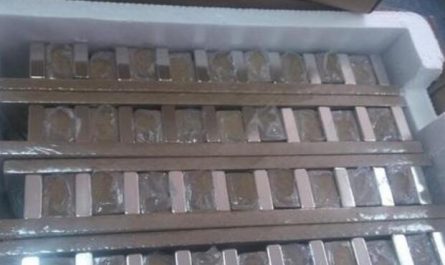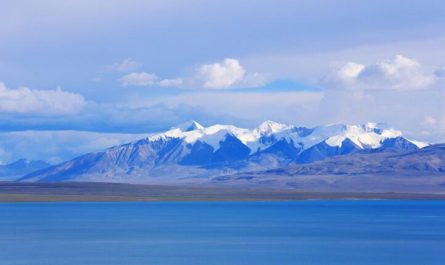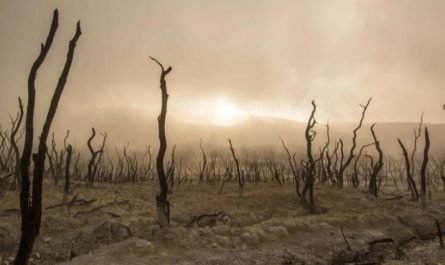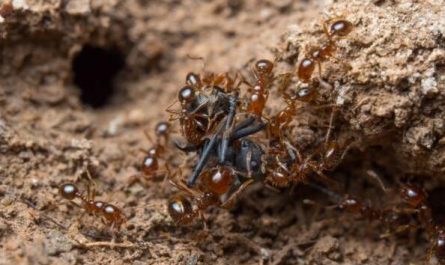If someone says that a plant has grown for hundreds of years and can still live to 2000 years old. Many people will definitely think that this kind of plant must be very tall, and I don’t know how many birdhouses can be built on the leafy canopy. The fact is that this kind of plant that can grow for thousands of years does not exceed 30 cm in height and has only two leaves. This is the Welwitschia, it can sustain growth for thousands of years only by photosynthesis of two leaves. Can you believe this claim that only two leaves can keep Welwitschia alive for thousands of years?
In fact, Welwitschia is such a miraculous plant. Welwitschia, also called Welwitschia, Welwitschia, you know that this plant has a very long life. This peculiar plant only grows in the deserts of Namibia and Angola on the southwest coast of Africa. It is good for plants to survive in the desert, so towering trees cannot appear in the desert area. Welwitschia grows in the wide and shallow bottom of the desert valley, standing like a large wooden stake in the desert.
Welwitschia cannot grow upwards, so all the energy is used to extend the width. This kind of Welwitschia is often found to reach 60-100 cm in diameter. Its only two leaves are not as pitiful as imagined. This pair of huge leaves oppose each other at the top of the branch and extend outward on both sides of the branch, showing their vitality. The part of the leaf near the base of the stem continues to grow, and the leaves in this part are also thicker, and the part farther from the base of the stem becomes thinner. Generally, the width of the leaves is about 30 cm, and the length is generally between 2 to 3 meters, and sometimes six or seven meters long leaves can be encountered.
Leaves generally have a life span, and many leaves have a life span of several months. In general, mulberry leaves can live for about 130 days, fir leaves can live for 1 to 2 years, and yew leaves can live longer, which is 6 to 10 years. All leaves grow, decline, and die, but the leaves alternately grow and wither, and as a whole, they always remain vigorous.
Why didn’t the leaves of Welwitschia die? The Welwitschia has only two leaves throughout its life, and the death of the leaves also represents the death of the whole. In fact, the leaves of Welwitschia also alternate between new and old, but its way is different. There is a growth zone at the base of the leaves of Welwitschia. The cells on the growth zone have strong meristematic ability, and it will continuously produce new leaf tissues to keep the leaves growing. The front end of the leaves is the oldest, and the new-born leaves will be added in time to extend outward. This is the secret of the Welwitschia leaves never withering. In other words, the leaves of Welwitschia are like human hair, and the newest leaves are near the branches. The leaves in the distance may have grown for many years, even though they look like just one leaf.
Due to the large wind and sand in the desert area, the blades drag on the ground to cause friction, and the distant blades wear out or dry and die. Therefore, we rarely see the neat leaves of Welwitschia, and generally the leaves are torn into many strips. . The roots of Welwitschia are straight, thick, and strong. They go deep into the ground, usually 3 to 10 meters long, in order to better absorb underground water. The leaves of Welwitschia have many special water-absorbing tissues, which can absorb a small amount of water vapor in the air. The shade formed by the leaves on the ground also greatly preserves water, which is one of the reasons why Welwitschia has a longer life span.
